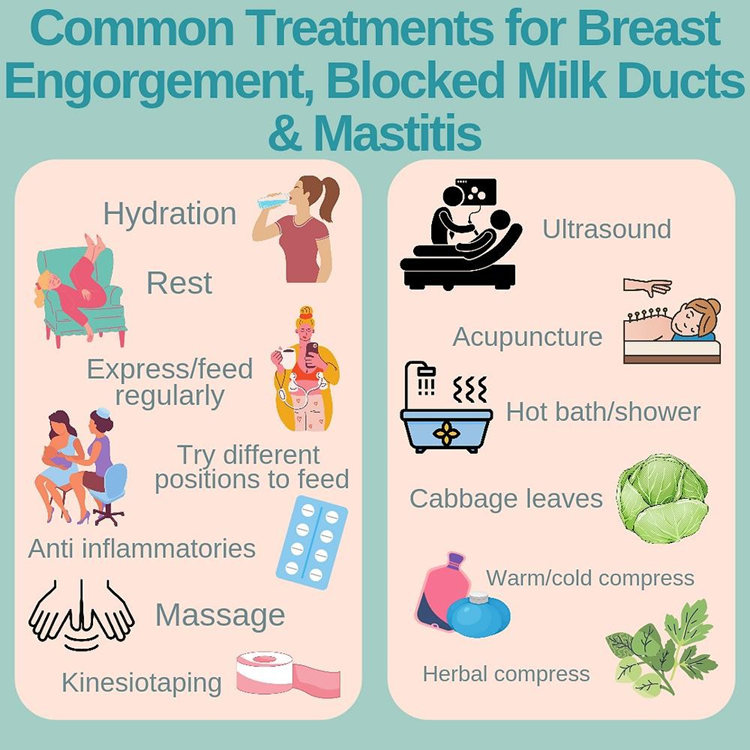A nurse is teaching a client who is postpartum and has a new prescription for an injection of Rh (D) immunoglobulin. Which of the following should be included in the teaching?
"It prevents the formation of Rh antibodies in mothers who are Rh negative."
"It destroys Rh antibodies in mothers who are Rh negative."
"It prevents the formation of Rh antibodies in newborns who are Rh positive."
"It destroys Rh antibodies in newborns who are Rh positive."
The Correct Answer is A
A. Rh (D) immunoglobulin, commonly known as Rhogam, is given to Rh-negative mothers to prevent the formation of Rh antibodies if the baby is Rh positive. This prevents Rh sensitization in future pregnancies, which could lead to hemolytic disease of the newborn.
B. Rh (D) immunoglobulin does not destroy Rh antibodies in Rh-negative mothers but rather prevents their formation.
C. Rh (D) immunoglobulin does not prevent the formation of Rh antibodies in Rh-positive
newborns but rather prevents the mother's immune system from producing antibodies against Rh-positive blood cells.
D. Rh (D) immunoglobulin does not destroy Rh antibodies in Rh-positive newborns. It is administered to Rh-negative mothers to prevent antibody formation.
Nursing Test Bank
Naxlex Comprehensive Predictor Exams
Related Questions
Correct Answer is D
Explanation
A. Molding refers to the shaping of the fetal head during labor and delivery to facilitate passage through the birth canal. It typically resolves within a few days and does not involve bruising.
B. Caput succedaneum is localized swelling or edema of the scalp that crosses suture lines and typically resolves within a few days. It is not associated with bruising.
C. Pilonidal dimple refers to a small pit or depression in the skin, typically at the base of the spine, and is not related to the finding described.
D. Cephalhematoma is a collection of blood between the skull bone and its periosteum. It is
confined by suture lines and may take weeks to resolve. It does not cross suture lines and may be associated with bruising due to birth trauma.
Correct Answer is B
Explanation
A. Applying ice packs to the breasts after feeding can help reduce swelling and discomfort associated with breast engorgement.
B. Applying hot packs to the breasts during feeding can increase blood flow and exacerbate engorgement. Heat can worsen inflammation and discomfort in the breasts.
C. Crushed cabbage leaves can be applied to the breasts between feedings to help reduce swelling and discomfort associated with engorgement.
D. Breastfeeding every 2 hours helps to ensure frequent emptying of the breasts, which can help alleviate engorgement.

Whether you are a student looking to ace your exams or a practicing nurse seeking to enhance your expertise , our nursing education contents will empower you with the confidence and competence to make a difference in the lives of patients and become a respected leader in the healthcare field.
Visit Naxlex, invest in your future and unlock endless possibilities with our unparalleled nursing education contents today
Report Wrong Answer on the Current Question
Do you disagree with the answer? If yes, what is your expected answer? Explain.
Kindly be descriptive with the issue you are facing.
